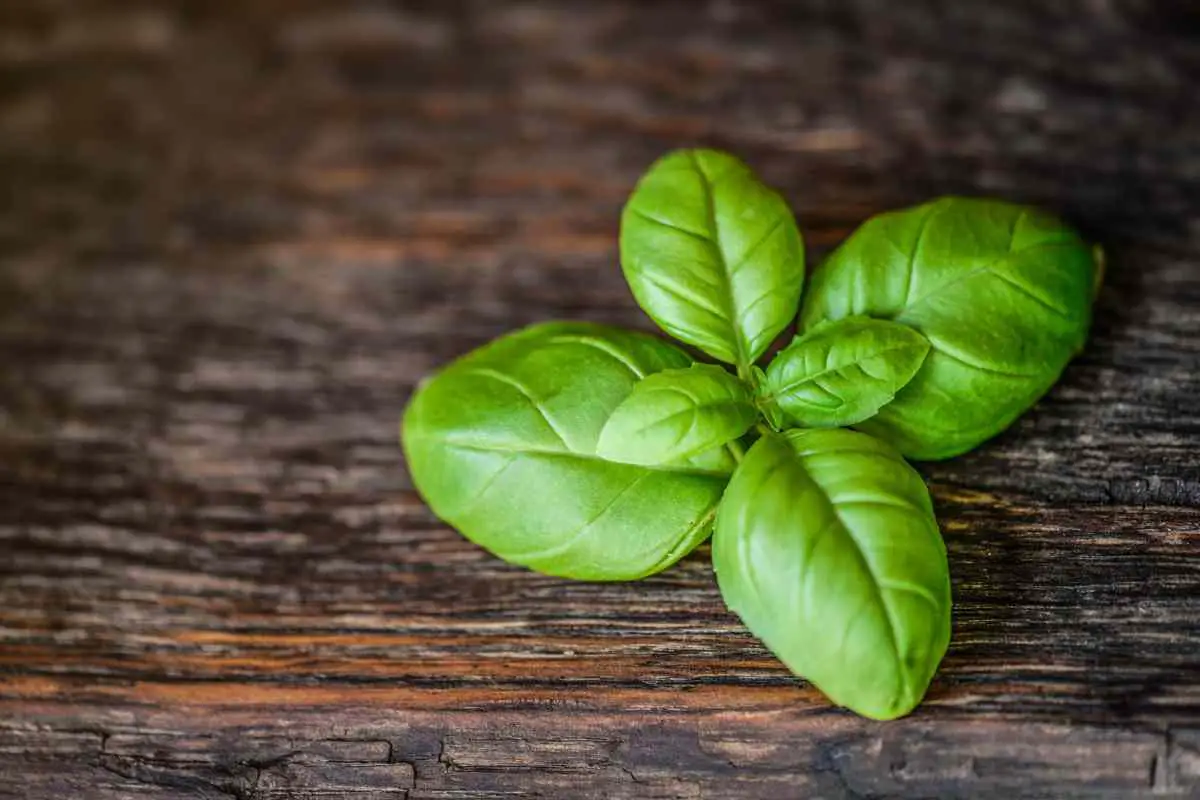Many people think that once the cold weather starts, they have to say goodbye to their tomato plants.
However, you can winterise your tomato plant and keep it healthy until the spring. Preparation is key when it comes to winterising your tomato plant.
- Bring your tomato plants indoors before the first frost.
- Cut back the plants to about 6 inches tall
- Remove the leaves (except for the top few)
- Place the tomato plants in a sunny spot indoors
- Water the plants regularly (avoid over-watering)
- Fertilize the tomato plants every 2 weeks (use high-quality fertilizer)
- Prune the tomato plants regularly (that way, you will encourage new growth)
- Keep an eye for pests and diseases (treat them if you notice)
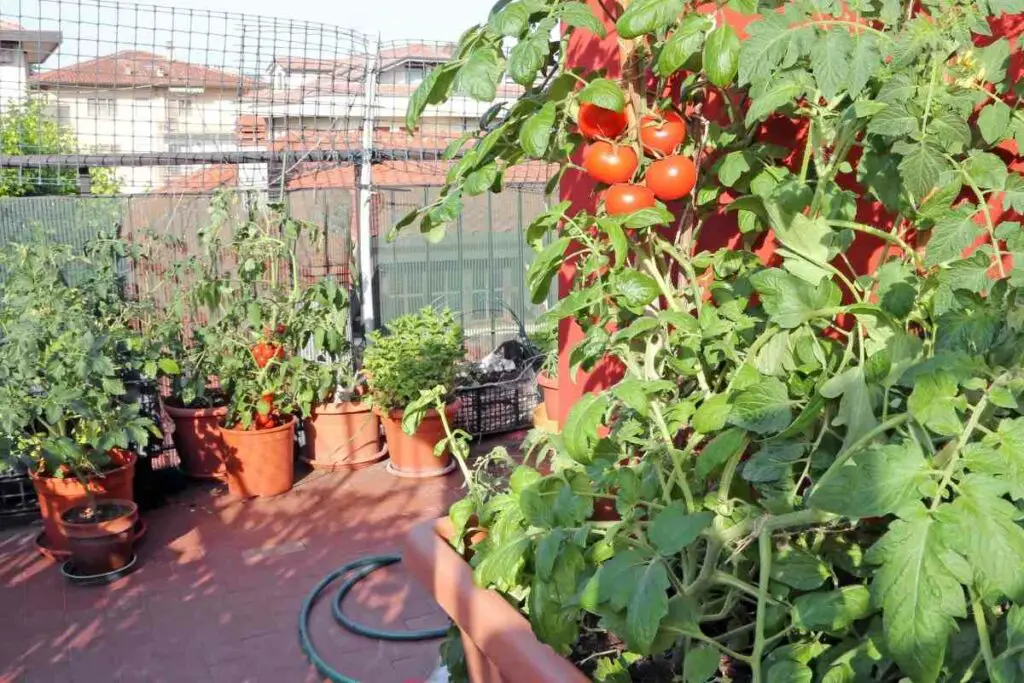
Whichever strategy you choose, just make sure that you check on the plant regularly and provide it with any extra care that it may need.
Table of Contents
Bring your tomato plants indoors before the first frost
Unlike most other vegetables, tomatoes need a long growing season in order to produce fruit.
If you live in an area with a short growing season, you can extend the tomato season by bringing plants indoors before the first frost.
While it’s possible to purchase tomato plants that have already been started indoors, it’s also relatively easy to start your own from seed.
Cut back the plants to about 6 inches tall
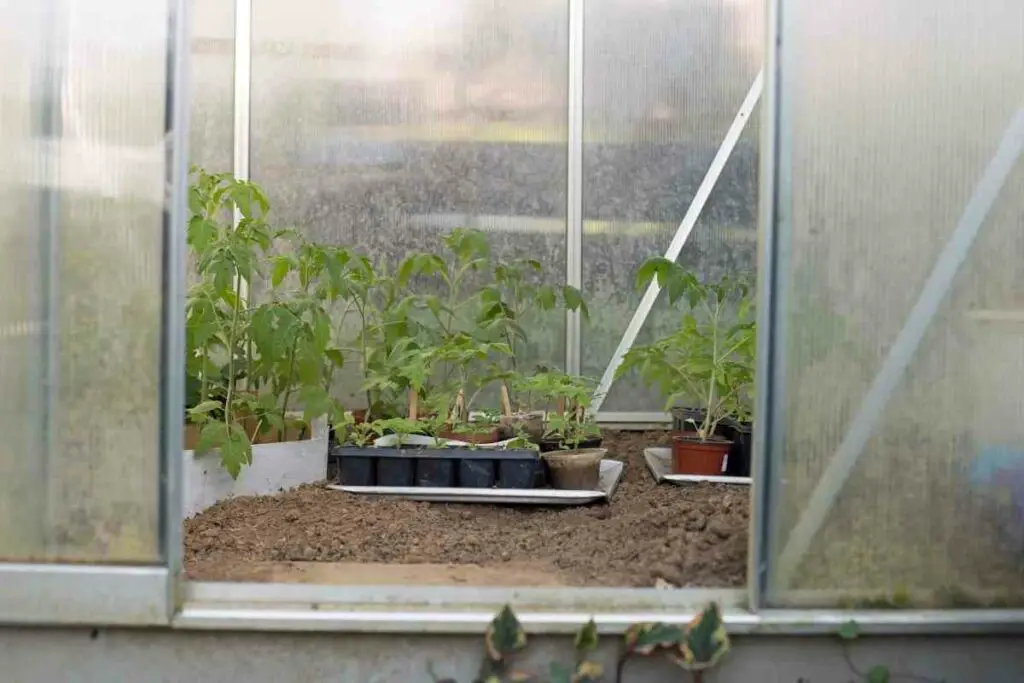
Cut back the plants to about 6 inches tall, and then remove any dead or diseased leaves.
Next, cut away any remaining fruit from the vine. Once the plant is trimmed, water it well and mulch around the base to insulate the roots.
Come Spring – Your tomato plants will be ready to produce a bountiful crop of juicy fruit.
Remove all the leaves
One of the essential steps in winterizing a tomato plant is to remove all the leaves, except for the top few.
This helps the tomato plant to focus its energy on producing fruit, rather than on growing leaves.
Removing the leaves also helps prevent frost damage and allows the sun to reach the fruit, ripening it more quickly.
While it may appear like a lot of work to remove all the leaves from a tomato plant, taking this extra step can help to ensure a bountiful harvest come spring.
Place the plants in a sunny spot indoors
One of the most promising ways to winterize your tomato plants is to place them in a sunny spot indoors.
This will ensure that they get plenty of sunlight, which is essential for their growth.
Tomato plants need at least six hours of sunlight each day, so placing them near a south-facing window is ideal.
If you don’t have a south-facing window, you can also use grow lights to provide the plants with the light they need.
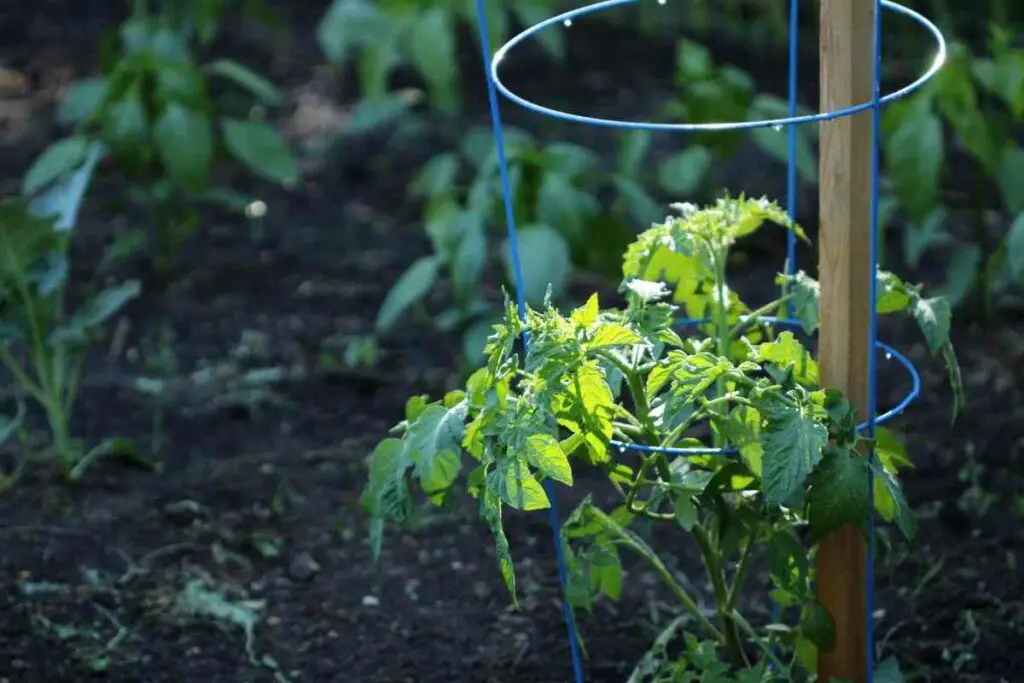
Water the plants regularly
One of the most crucial things you can do is to water them regularly.
Tomatoes are susceptible to root rot, so it’s important to make sure they’re not sitting in soggy soil.
However, you also don’t want to over-water them. Let the top inch of soil to dry out between waterings.
In Addition – You should Mulch your plants heavily to insulate the roots and protect them from freezing temperatures.
Fertilize the plants every two weeks
One important step is to fertilize the plants every two weeks with a high-quality fertilizer.
This provides the tomato plants with the nutrients they need to stay healthy and produce bountiful fruit even in the midst of winter.
In addition, regular fertilization helps to prevent diseases and pests from taking hold, as well as helping the plants to resist stress from extreme weather conditions.
Prune the plants regularly
Tomato plants need to be pruned regularly to encourage new growth. When the plants are pruned, the leaves and stems are removed.
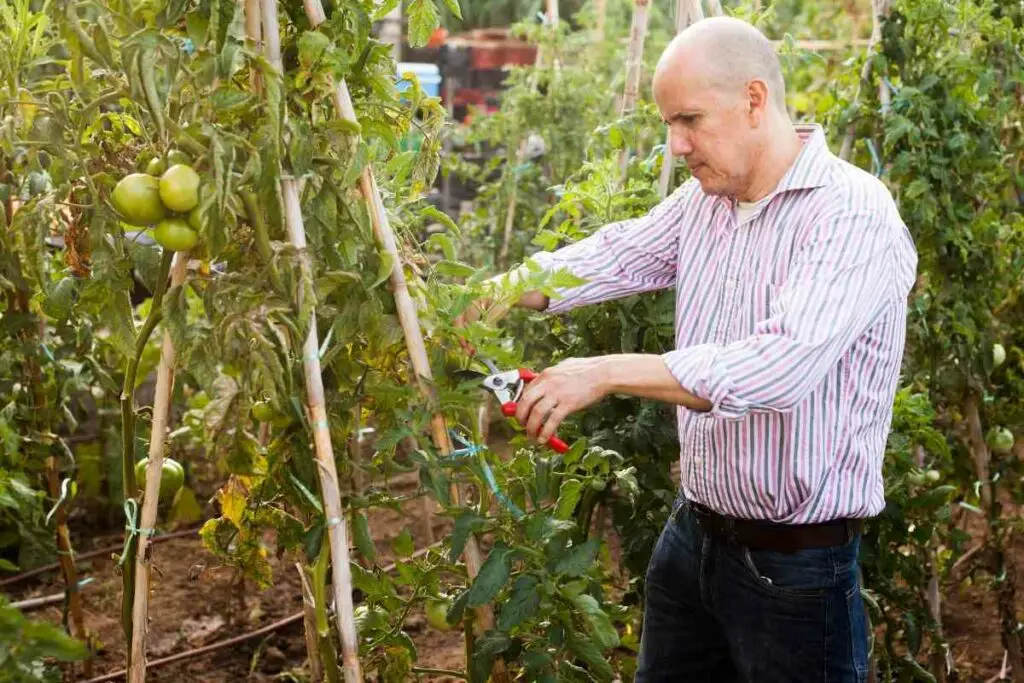
This lets more light and air to reach the plant, which encourages new growth. Pruning also helps to prevent the plant from getting too big and leggy.
If you prune your tomato plants regularly, they will produce more fruit. Winterising your tomato plants is important because it helps them to survive the cold weather.
When the plants are pruned, they are less likely to be damaged by frost.
From Experience – Pruning also helps to increase the number of flowers that the plant produces. This means that there will be more fruit on the plant when it comes time to harvest.
Pests and diseases
During the winter, pests and diseases can wreak havoc on your plants, leaving them weak and vulnerable.
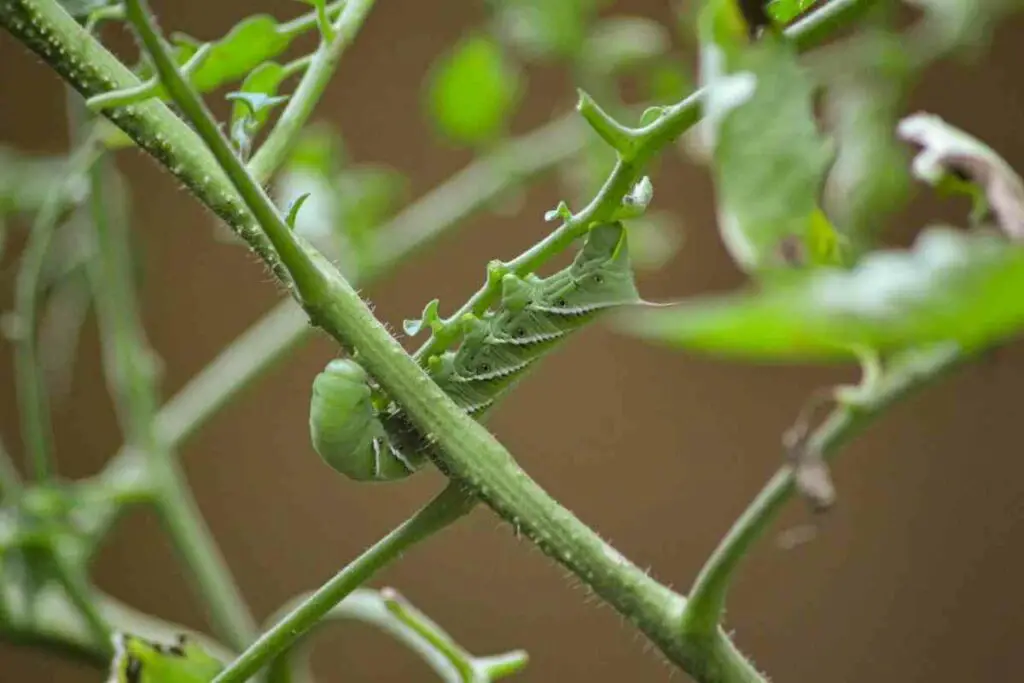
By keeping an eye out for signs of pests and diseases, and treating them immediately if you see any, you can help to protect your plants and ensure a bountiful harvest come springtime.
Here are a few things to look out for:
- Signs of pests: These include small holes in leaves, chewed leaves or stems, and sticky substances on leaves or stems. If you see any of these manisfestation, treat the plant instantly with an appropriate pesticide.
- Signs of diseases: These include wilting leaves, yellowing leaves, spots on leaves or stems, and mouldy areas. If you see any of these signs, treat the plant immediately with an appropriate fungicide.
Harvest your tomatoes regularly to prevent them from rotting on the vine
One of the most frustrating things about growing tomatoes is watching perfectly good fruit rot on the vine.
Not only is it a waste of time and effort, but it can also lead to diseases which can spread to other plants.
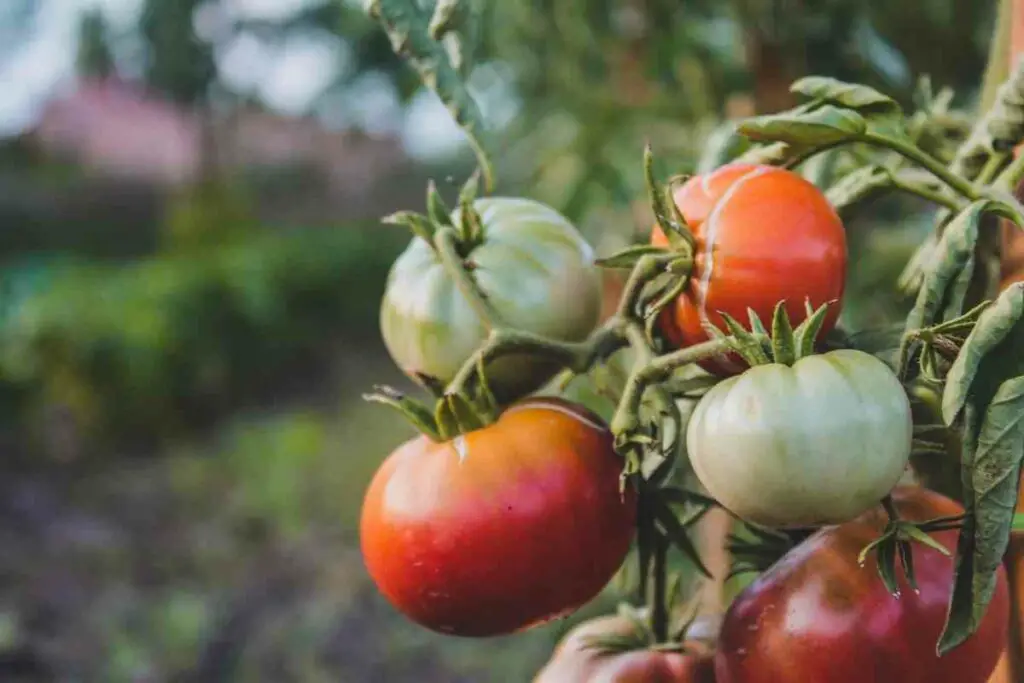
One way to discourage this from occurring is to harvest your tomatoes regularly.
Even if you don’t plan on eating them right away, picking them while they’re still ripe will help extend their shelf life.
If you do find that some of your tomatoes have started to rot, there are still a few things you can do. One is to cut away the affected areas and see if the rest of the fruit is still usable.
Another is to make tomato sauce or salsa and freeze it for later. By taking a little extra care, you can ensure that your tomatoes will last long enough to enjoy all season long.
Conclusion
However, you can winterise your tomato plant and keep it healthy until the spring. Preparation is key when it comes to winterising your tomato plant.
- Bring your tomato plants indoors before the first frost.
- Cut back the plants to about 6 inches tall
- Remove the leaves (except for the top few)
- Place the tomato plants in a sunny spot indoors
- Water the plants regularly (avoid over-watering)
- Fertilize the tomato plants every 2 weeks (use high-quality fertilizer)
- Prune the tomato plants regularly (that way, you will encourage new growth)
- Keep an eye for pests and diseases (treat them if you notice)
Whichever strategy you choose, just make sure that you check on the plant regularly and provide it with any extra care that it may need.
- How to Dry Basil Leaves: A Professional Guide
- Is an Avocado a Fruit or Vegetable? Simple Answer and Explanation
- Does Pineapple Have Seeds? Exploring the Anatomy of Pineapples
- Blooming Through Winter: Can I Grow Vegetables Indoors in the Winter?
- What Can You Grow in a Greenhouse All Year Round: A Guide to Year-Round Greenhouse Gardening
- Are Blueberries Blue? Debunking the Myth of Their Color














